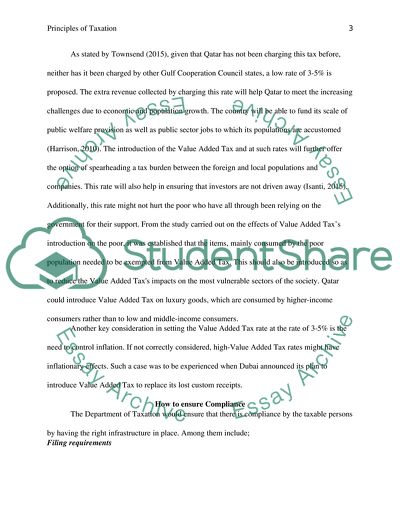Cite this document
(Principles of Taxation Assignment Example | Topics and Well Written Essays - 2250 words, n.d.)
Principles of Taxation Assignment Example | Topics and Well Written Essays - 2250 words. https://studentshare.org/finance-accounting/1863929-principles-of-taxation
Principles of Taxation Assignment Example | Topics and Well Written Essays - 2250 words. https://studentshare.org/finance-accounting/1863929-principles-of-taxation
(Principles of Taxation Assignment Example | Topics and Well Written Essays - 2250 Words)
Principles of Taxation Assignment Example | Topics and Well Written Essays - 2250 Words. https://studentshare.org/finance-accounting/1863929-principles-of-taxation.
Principles of Taxation Assignment Example | Topics and Well Written Essays - 2250 Words. https://studentshare.org/finance-accounting/1863929-principles-of-taxation.
“Principles of Taxation Assignment Example | Topics and Well Written Essays - 2250 Words”. https://studentshare.org/finance-accounting/1863929-principles-of-taxation.


